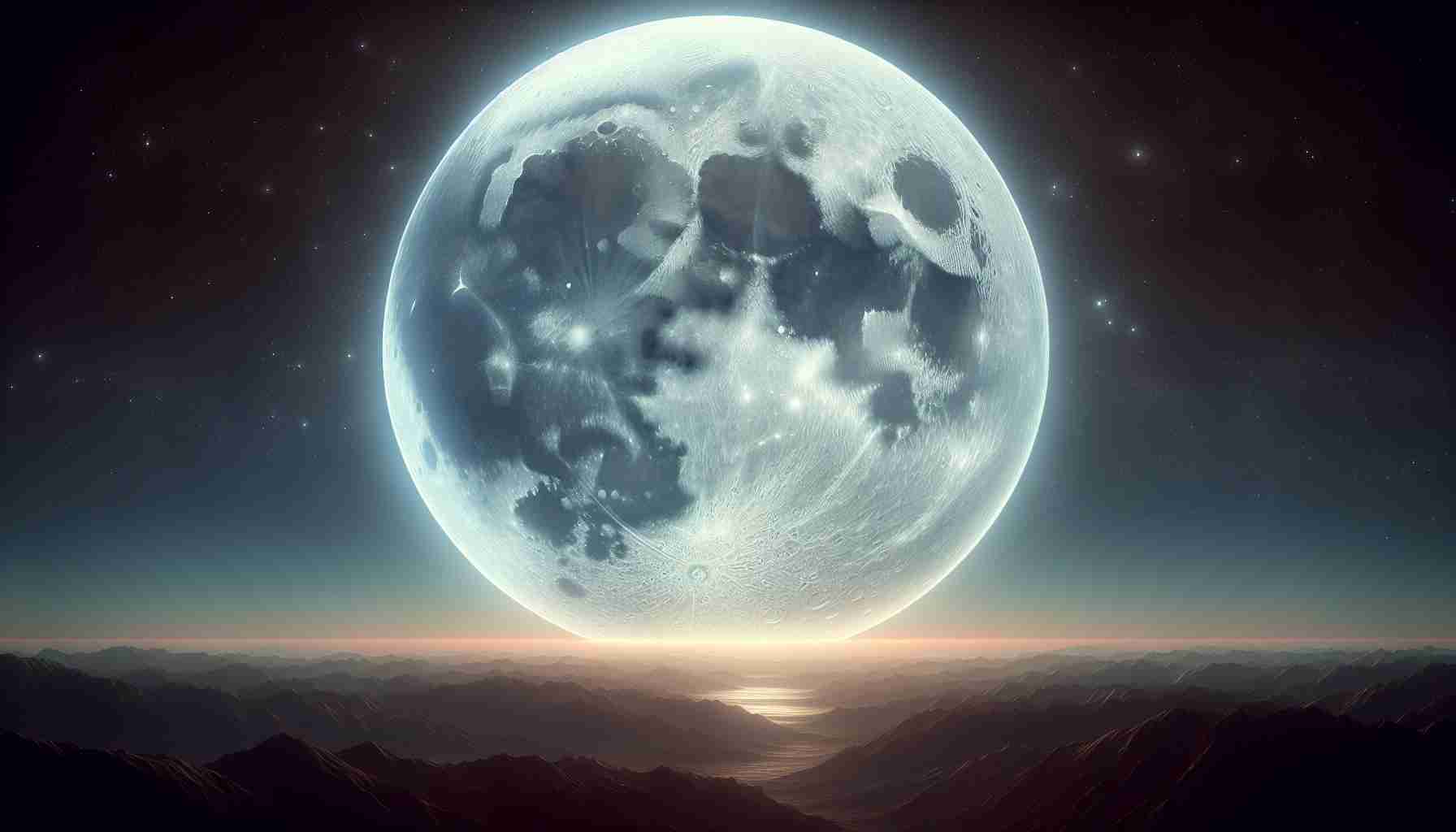
This Wednesday night, sky gazers will be treated to a spectacular sight as the moon shines unusually bright and large. This phenomenon marks the occurrence of the second supermoon of the year—when the moon is at its closest point to Earth, coinciding with a full moon phase. According to an expert from Swinburne University, many tend to overlook the night sky’s beauty. Taking a moment to observe the full moon can be a delightful experience.
So, what exactly is a supermoon? The moon’s distance from Earth varies continuously, and when it reaches its nearest point during a full moon, it is designated as a supermoon. For this event, the moon will be approximately 357,000 kilometers from Earth, making it 27,000 kilometers closer than its average distance.
For optimal viewing, observers should look towards the eastern horizon as the moon rises. In cities like Sydney and Melbourne, this will occur around 6 PM local time, while those on the US East Coast can catch it at approximately 7 PM. Ideal viewing locations are dark, open areas free from urban obstruction, allowing the moon’s stunning visual effects to unfold.
If you miss this spectacular sight, worry not; there will be additional supermoons later this year, providing more opportunities to enjoy this captivating astronomical event. Additionally, a partial lunar eclipse will take place on the same night, best viewed from regions such as South America and Western Europe.
Experience the Splendor of the Upcoming Supermoon: A Closer Look
This Wednesday night, enthusiasts and casual observers alike will have the chance to witness a remarkable astronomical event—the second supermoon of 2023. While many are familiar with the concept of a supermoon, there are several lesser-known facts and insights that can enhance your viewing experience.
What is the scientific significance of a supermoon?
A supermoon occurs when the moon is at its nearest point to Earth (perigee) at the same time it is full. This alignment not only makes the moon appear larger—up to 14% larger in diameter and 30% brighter than when it is at its farthest point (apogee)—but it also has implications for tidal movements and Earth’s natural rhythms. The gravitational pull of a supermoon can lead to higher tides, known as “king tides,” affecting coastal areas.
What are the best practices for viewing a supermoon?
To fully appreciate the beauty of the supermoon, consider the following tips:
1. Location: Seek out areas with minimal light pollution. National parks, rural locations, or even elevated views can significantly enhance your experience.
2. Timing: Arriving a little earlier will allow you to witness the moon’s rise and see it in relation to terrestrial objects, providing a sense of scale.
3. Equipment: While the naked eye can provide a wonderful view, using binoculars or a telescope can make details such as craters and maria more visible.
Key Challenges and Controversies
Despite the excitement surrounding supermoons, there are ongoing debates about their scientific importance versus public fascination. Some astronomers argue that the term “supermoon” is more of a marketing tool than a significant astronomical classification. Concerns about the hype surrounding these events can oversaturate public interest, leading to disappointment when the visible changes are not as dramatic as anticipated.
What are the benefits and drawbacks of supermoons?
Advantages:
– Increased public interest in astronomy: Events like supermoons encourage people to explore the night sky, potentially inspiring new generations of astronomers and scientists.
– Highlighting Earth’s natural phenomena: The supermoon offers a reminder of the connection between celestial events and their impacts on our planet.
Disadvantages:
– Misinformation: The term “supermoon” can create unrealistic expectations about what the average observer will see, leading to disappointment for those unprepared for subtle differences.
– Environmental impact: Increased foot traffic to popular viewing destinations can sometimes lead to environmental degradation, particularly in sensitive natural areas.
Final Thoughts
As sky gazers prepare for this extraordinary event, it’s vital to approach it with both enthusiasm and a well-informed perspective. This supermoon not only offers a stunning visual spectacle but also serves as an opportunity to deepen our understanding of the moon’s relationship with Earth.
For more information on astronomical events and stargazing, visit NASA and Space.com for the latest updates and insights.



